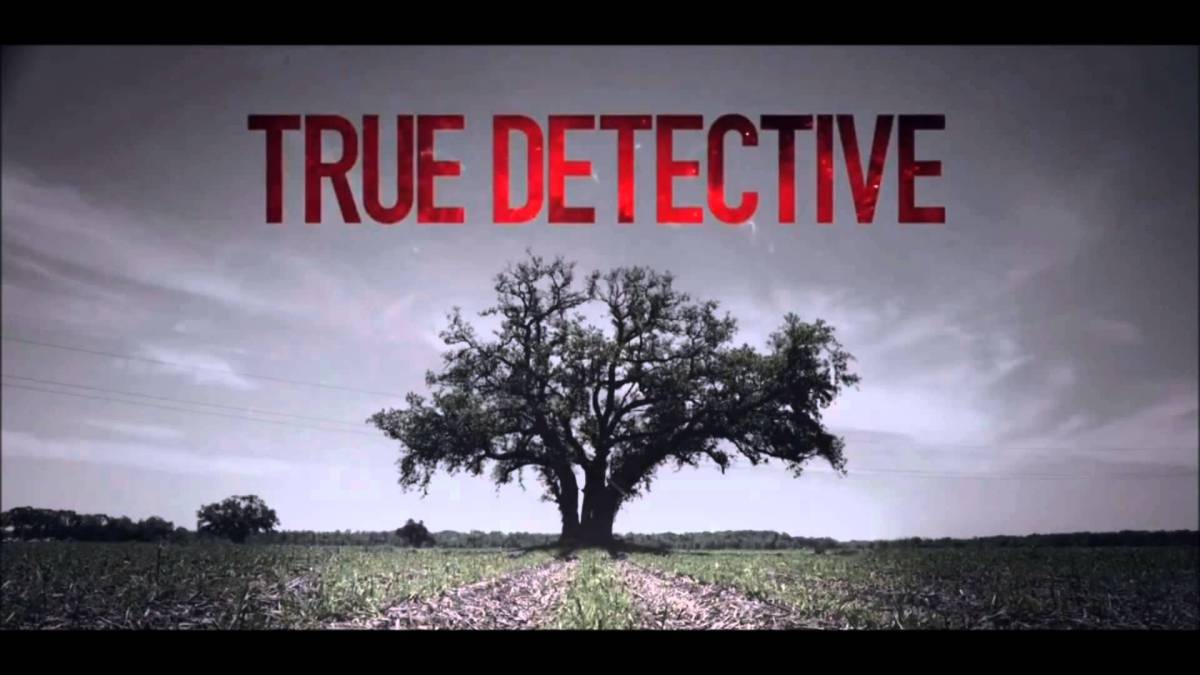On
a recent trip to Boston, the DGA team dined at Craigie on Main, a Cambridge
restaurant that blends French cuisine with seasonal New England ingredients. The
dinner featured simple dishes prepared and executed at a high level, befitting Craigie’s
reputation as one of the best restaurants in Boston.
Craigie
on Main and chef Tony Maws have been the recipients of numerous culinary
awards. Maws won the James Beard Award
for Best Chef Northeast in 2011. Boston Magazine also named him the Best Chef
in Boston in 2008 and in 2005 Food and Wine Magazine named him “One of
America’s 10 Best New Chefs.” Maws, a Newton native, has worked under Boston
chef Ken Oringer and restaurateur Wolfgang Puck. He has also studied modern
French cuisine under Bernard Constatnin in Lyon, France. In 2002, Maws opened his first restaurant
Craigie Street Bistrot. In 2008, he closed Craigie Street Bistrot and opened
Craigie on Main in its present home. Since moving to its new location, the
restaurant has won awards from Boston Magazine, GQ, Food and Wine, Bon Appétit,
and other national publications. In late
2013, he opened his second restaurant, Kirkland Tap & Trotter in nearby
Sommerville.
| Chef Tony Maws |
The
team eschewed the tasting menu in favor of individual appetizers and entrees.
Below are some of the highlights.
Appetizers
Six Wiley Point Oysters
Meyer lemon vinaigrette
The
oysters were light and delicate and paired nicely with the bottle of white wine
that Doug had ordered for the table.
Crispy-Fried Pig’s Tails
pickled peanuts, nuoc cham,
cilantro
The
pig tails were crispy on the outside and fatty and soft on the inside. It
seemed like they were cooked slow and low for hours to render out the fat and
then dropped quickly in the fryer before being served. Nuoc cham
Ragoût of New Jersey Asparagus
chicken confit, pickled ramps,
mustard seeds, farm fresh egg
A
ragout is traditionally a slow cooked dish cooked over low heat. Primarily
ragouts feature meats, but in this case, the asparagus was the star of the
dish.
Whole Wheat Conchiglie Pasta
boudin noir ragoût, ramps,
Parmigiano Reggiano
While
this basic whole wheat pasta dish seemed simple, it was incredibly complex in
flavor.
 |
| The Restaurant's logo tells you what it's all about |
Entrées
Olive Oil-Poached Scottish Sea
Trout
razor clams, couscous, artichoke
barigoule, za’atar, fennel purée
Benson
ordered this trout dish that came out of the kitchen colored a deep orange,
almost like salmon. It had been slow cooked for forty minutes and infused (via
air) with spices. Benson liked it so much, he shared a bite of it with Doug.
Vermont Pork Three Ways:
Spice-Crusted Rib, Slow-Cooked Belly and Roasted Loin
Morel mushrooms, white asparagus,
cashew mustard, claytonia
This
was the most popular dish at the table and for good reason. It featured three
different parts of the pig. The Spice crusted rib had the best combination of
flavor and texture. It was crispy (having been fried) on the outside and the
meat fell off the bone. The loin was perfectly cooked and the belly, the part
of the pig used to make bacon, was rich and delicious.
| Craigie on Main features on open kitchen |
Desserts
Chocolate Foie Gras Pot de Crème
barley ice cream, crispy oat
crumbs, foie gras torchon
The
desserts at Craigie on Main blended traditional desserts with savory
ingredients—hence a pot de crème and foie gras. The pot de crème, a
custard-like dessert, tasted of chocolate, but was not sugary. Additionally it
had a barley ice cream, making it another item that no one at the table had
ever seen before.
Malted Milkshake
white asparagus ice cream,
rhubarb chantilly, spiced cookies
Doug
was not a fan of white asparagus ice cream.








